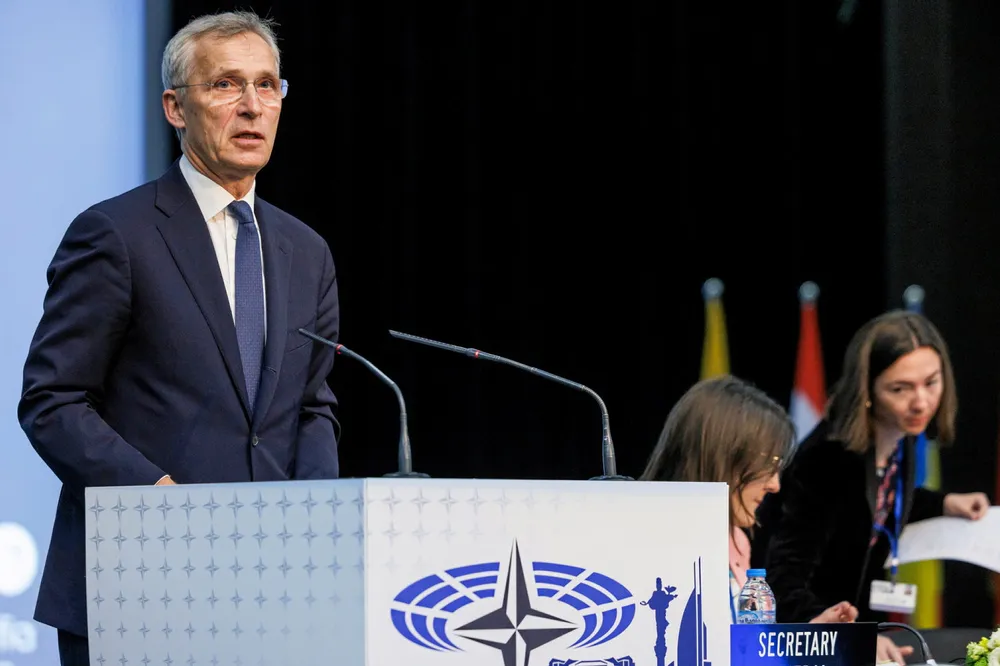Nato puts new tools in place to protect undersea critical infrastructure
Allied countries hold first meeting of new Critical Undersea Infrastructure Network

Experts from across Nato have met for the first meeting of the military alliance’s new Critical Undersea Infrastructure Network to put in place new tools to enhance the security of undersea cables and pipelines, as well as to monitor potential threats.
At the meeting at Nato headquarters in Brussels last Thursday, they talked about using innovative technologies also to protect offshore wind farms.
“The increasing dependency of our societies on undersea infrastructure means we need to do more to enhance their security,” said Nato secretary general Jens Stoltenberg.
“NATO is well-placed to take on a greater role given our Allies’ unique military capabilities, vast intelligence network, and operational expertise,” he added, underlining that Russia is carrying out an intensifying hybrid campaign against Allies.
Nato added it continues to promote technological innovation to better detect suspicious activity, such as sea drones, new sensors and the use of AI.
The meeting followed up on a decision by Nato defence ministers in February 2024 to set up the Critical Undersea Infrastructure Network. The meeting was also attended by industry representatives such as energy operators.
The Allies are also establishing a Maritime Centre for the Security of Critical Undersea Infrastructure in Northwood, UK.
In Belgium, for example, operators have to commit to putting military sensors on wind turbines, a measure facilitating the monitoring of the sea space.
Security concerns have come to the forefront of the planning of wind farms in recent years, following a series of incidents of sabotage in the North and Baltic Sea against marine infrastructure in the wake of Russia’s invasion of Ukraine.